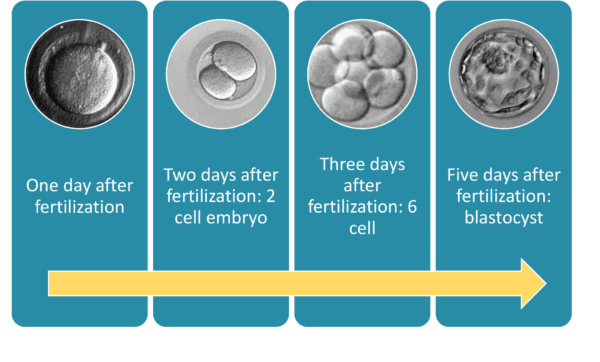There are many assisted reproductive techniques now found for infertile couples. These help them to fulfil their long-cherished goals of having a baby. But an IVF process remains the most popular choice among people. That is why so many people tend to visit the best IVF centre in Delhi so that they can proceed with this medical blessing. We shall explore the detailed procedure in this article for the readers.
The history of IVF
Even though it has been 42 years since the successful introduction and development of IVF as an assisted reproductive technology, people are still unclear about what IVF is and how it works. In-vitro fertilization, or IVF for short, refers to a procedure in which sperm and egg are mixed. Similar to the natural process in the body, the egg selects the sperm that will fertilize it. After two to five days, the fertilized egg, known as the embryo, is reinserted into the uterus. Infertility is personal and frequently viewed as a curse or taboo in India, and as a result, it is not discussed publicly. This may account for the lack of knowledge regarding IVF treatment and steps.
However, things are getting better in the 21st century as people start to become more open to the idea of IVF. As a result, many prestigious hospitals are becoming specialty treatment centres with the best doctors and embryologists and the latest technology focusing on infertility issues. One of the initial steps in ensuring successful IVF is to be aware of IVF cost in Delhi so that you can figure out your budget accordingly. We will go over the steps involved in a single IVF cycle.
The process to reckon with
The process of manually injecting sperm into an egg and then implanting the fertilized egg into the uterus is essentially IVF. For absolute success, one should visit the best IVF centre in Delhi. There are six main steps to this.
Regulating hormones
Hormone regulation is the first step in initiating IVF treatment. Consuming contraceptives is frequently the initial step in IVF treatment. They help women with irregular menstruation plan their treatment cycles and ensure that their periods occur on time.
The stimulation of egg production
After hormone regulation, hormone injections boost egg production in the female body. Women typically produce one egg per month; however, during IVF treatment, hormone injections are given to the women, resulting in an increase in the number of eggs produced per month and the number of eggs available for sperm fertilization. Through a minor procedure known as “follicular aspiration,” these eggs are recovered from the ovaries following the stimulation of egg production. The woman is put to sleep during the procedure, and the eggs are taken from her ovaries using ultrasound guidance.
The egg fertilization process
The egg is then fertilized with sperm after this. The sperm can be put in a petri dish with the eggs to inseminate on its own (IVF) or directly injected into the egg (ICSI), depending on the doctor’s assessment of the fertilization rate.
The embryo develops
In the laboratory, the fertilized egg is left to divide and produce an embryo, which is ready for transfer within three to five days.
Fertilizing an egg and inserting it into the uterus
After retrieving eggs and fertilization, the mature embryo is transferred into the woman’s uterus three to five days later. After that, this mature embryo implants into the uterus lining, resulting in pregnancy.
Conclusion
The process can thus help many people. Hence people opt to know IVF cost and proceed with it per their budget. It is imperative to understand that IVF is a detailed and intriguing procedure to conceive a baby. Hence we explored it here so that expectant couples can make arrangements accordingly.

